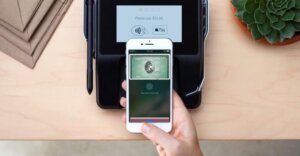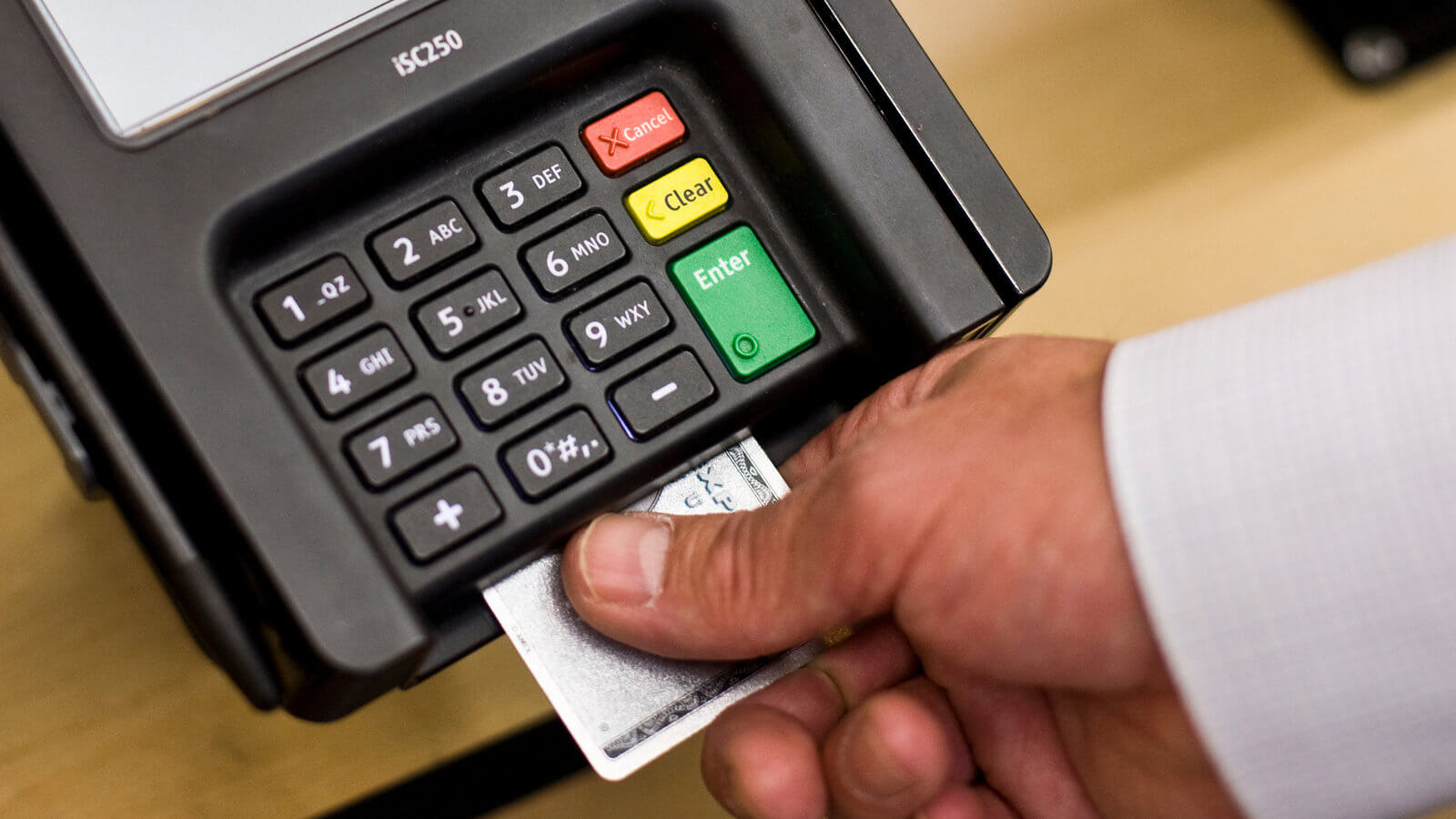Since 2020, the number of payments made using contactless technology has significantly increased. Most of this may be attributed to consumers’ concerns about catching the COVID-19 virus, widespread around this time. Because “tap to pay” is more straightforward for many individuals to complete than swiping or inserting a card, contactless payment methods are gaining more and more popularity. According to Visa, nearly 20 percent of all credit and debit card transactions made in person in the United States are now made by tapping a card or using a digital wallet such as Apple Pay or Google Pay on an NFC payment terminal or using other contactless acceptance devices, such as those found in train and subway stations. In New York City, this number rises to 45 percent.
In this article, we’ll look at NFC payments in more depth, covering everything you need to know about the technology, how NFC payments work, and the benefits for consumers and businesses.
What is NFC?
NFC is the technology that allows two devices, such as your phone and a payment terminal, to interact when they are in close contact, often within two inches of one another. Tap-and-go functionality is wirelessly provided via NFC, based on radio-frequency identification technology (RFID) with a limited range. It uses a tiny microchip and a radio antenna to do this. The technology that has been around for almost 20 years is used for contactless payments.
What exactly are NFC payments, and how do they work?
EMV credit and debit cards and mobile wallets like Apple Pay, Google Pay, and Samsung Pay may be used with NFC to pay for goods without ever having to touch the item. People’s desire for NFC contactless cards was piqued by the COVID-19 epidemic. Only 3% of American credit cards were contactless in 2018. By the end of 2022, 87 percent of debit cards will be contactless, making contactless cards the norm for most major credit card companies.
Paying using an NFC-enabled device (such as a credit card, smartphone, or watch) is a no-brainer. Cardholders may quickly determine whether their credit or debit cards are NFC-capable by looking for the contactless indication, which resembles a Wi-Fi sign flipped upside down. The NFC emblem may be found on the device’s exterior or the screen of the majority of NFC payment terminals.
There is no need to enter any information into the NFC terminal, and the transaction is completed in less than two seconds!
Difference Between EMV and NFC
The front of an EMV card, also known as a “chip card” or a “smart card,” has a secure integrated circuit chip (ICC) that can read and write information to the chip as well as verify the card’s validity. Other names for this kind of card include “chip card” or “smart card.” Data stored on a chip using encryption is more secure than data stored on a magnetic stripe.
Some EMV chips are also equipped with NFC technology, which enables the user to pay by either dipping (referred to as “contact EMV”) or tapping (referred to as “contactless EMV”) the chip. Mobile wallets communicate with an NFC payment terminal or mobile card reader using the built-in NFC wireless technology of the user’s smartphone.
EMV and NFC payments shield companies from the responsibility shift associated with EMV, fulfilling the stringent data security requirements for in-person payments. Because of this, companies with an EMV card reader do not need to pay the fraud costs associated with most fraudulent card transactions.

NFC Payment Terminals
What Are the Advantages of NFC Payments?
Consumers, particularly the younger generation, like how quick and straightforward it is to pay without going through their pockets or pulling out their credit cards. Using contactless payments benefits businesses and consumers, and there are several compelling reasons to do so. Owners also don’t have to worry about rising prices. There is no difference in transaction rates between NFC contactless payments done by phone or card and traditional swiped and dipped payments.
Customers’ preference
In the beginning of 2020, Mastercard conducted a survey in which almost half of the cardholders preferred contactless cards. They may predict that they will be able to pay anyplace with their phone or watch in place of their physical wallet as the number of businesses that accept mobile payments increases. This might result in lower sales and a reduction in the number of customers.
Quick Payments
Seconds count in today’s fast-paced environment. In comparison to other in-person payment methods, NFC transactions are lightning quick. Customers touch their card or mobile wallet to complete the purchase and are on their way. The time savings for businesses like coffee shops will help keep consumers moving rapidly through their lines.
Improved Interactions
It wasn’t long after the outbreak of the COVID-19 epidemic began that the frequency of contactless payments rose. According to a survey conducted by Mastercard, 82% of respondents said that using their card to make a payment was a more environmentally friendly option. A customer-facing NFC payment terminal like PayJunction’s ZeroTouch Terminal allows consumers to touch their card, phone, or wearable to make a payment.
Reduction of Failure Points
There is a high propensity for the contact points on an EMV chip card or in the EMV chip slot of a payment terminal to degrade quickly, making it impossible to read a card. The magnetic stripe reader will attempt to read the card three times before the terminal will urge the client or employee to swipe the card through the reader. Not only is this an annoyance, but it also makes the checking-out process take longer. Contactless chips are less likely to get damaged, and a digital wallet has no physical components that may malfunction.
Where is NFC Used?
NFC payments can only be made in person, not via the internet. There is no support for payments made online or through subscriptions like Netflix. A contactless payment terminal for EMV cards and mobile wallets is a must if you make at least 80 percent of your purchases in person. This may prevent some types of fraud and chargebacks. When customers see you’re always up to date on the newest technologies, they’ll have greater faith in you.
Near-field communication (NFC) payment devices placed in customers’ hands are the most common method of making contactless payments. As a result, more and more transactions are taking place outside a traditional brick-and-mortar store. Paying with a single touch is easier and faster when using a portable payment terminal in these instances.
Self-service businesses like movie theatres and public transportation providers are increasingly embracing contactless payments, where customers utilize kiosks to make purchases or acquire access. Expect additional “tap-to-ride” services on trains, buses, subway systems, and ferries shortly. If they like the convenience, commuters will carry fewer wallets and look for stores where they can pay for goods using the same method.
Have any questions regarding the topic “NFC Payment Terminals: A complete guide to contactless payments” feel free to comment below.




